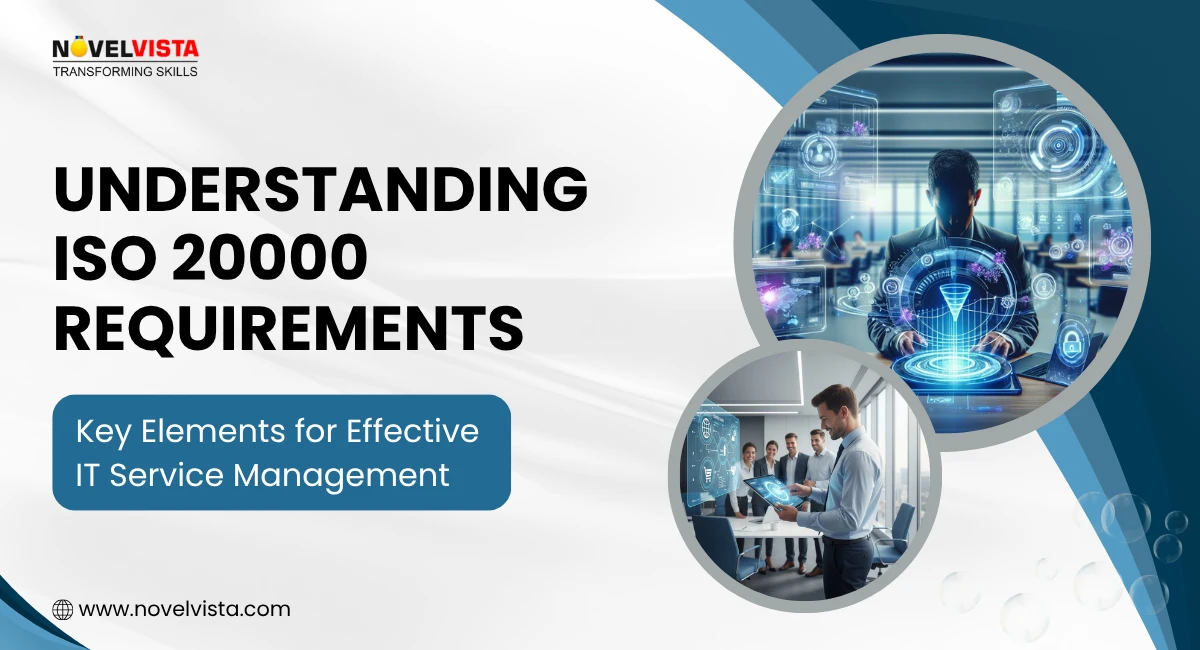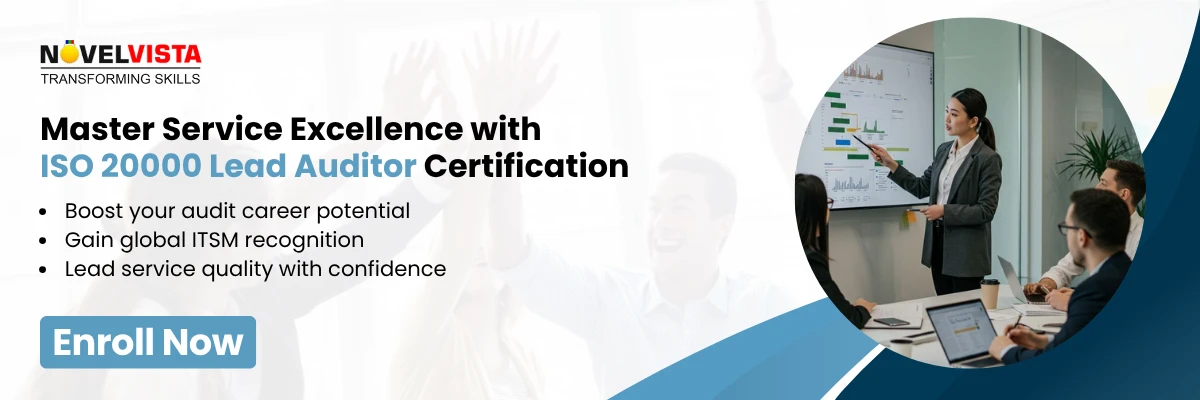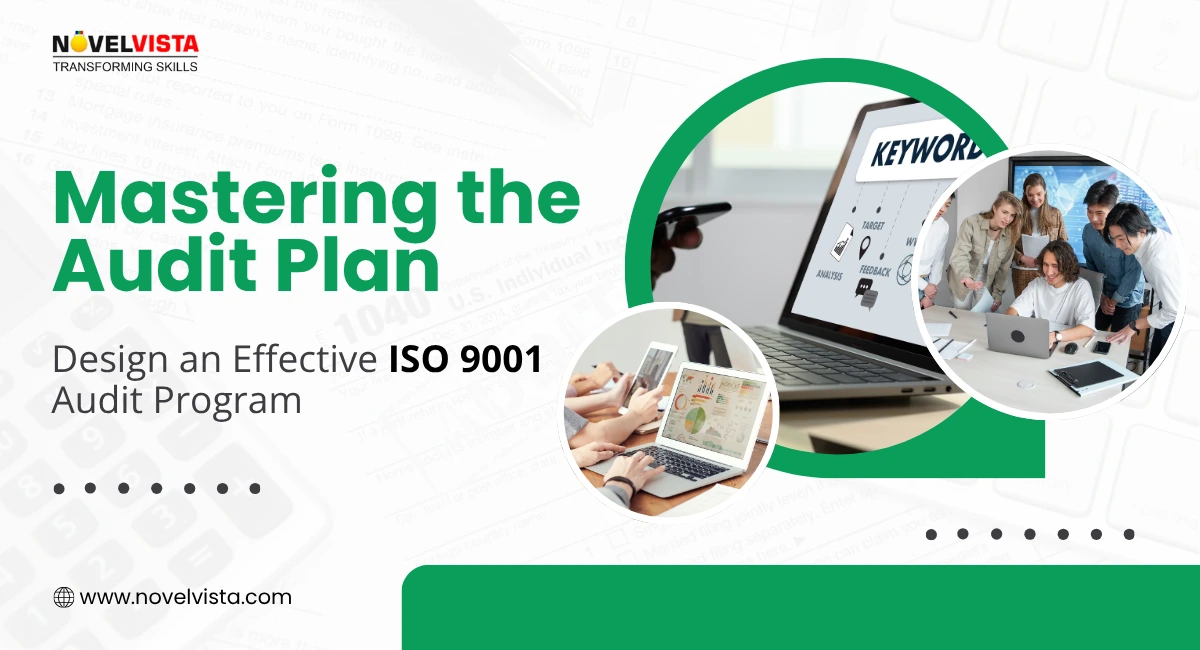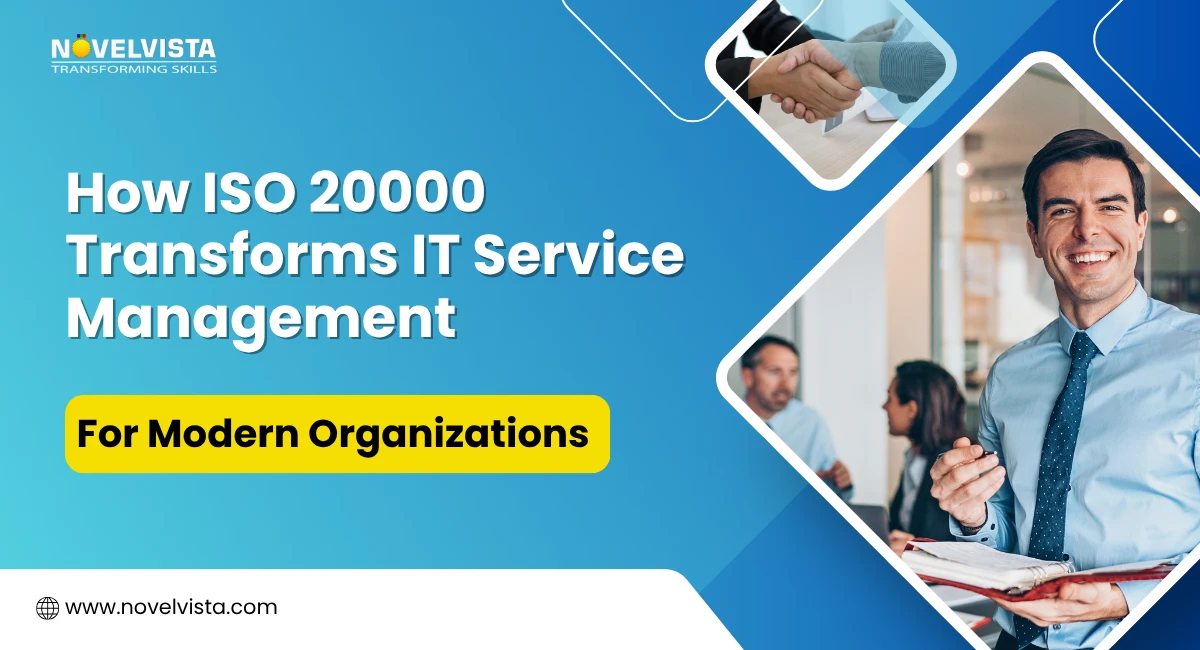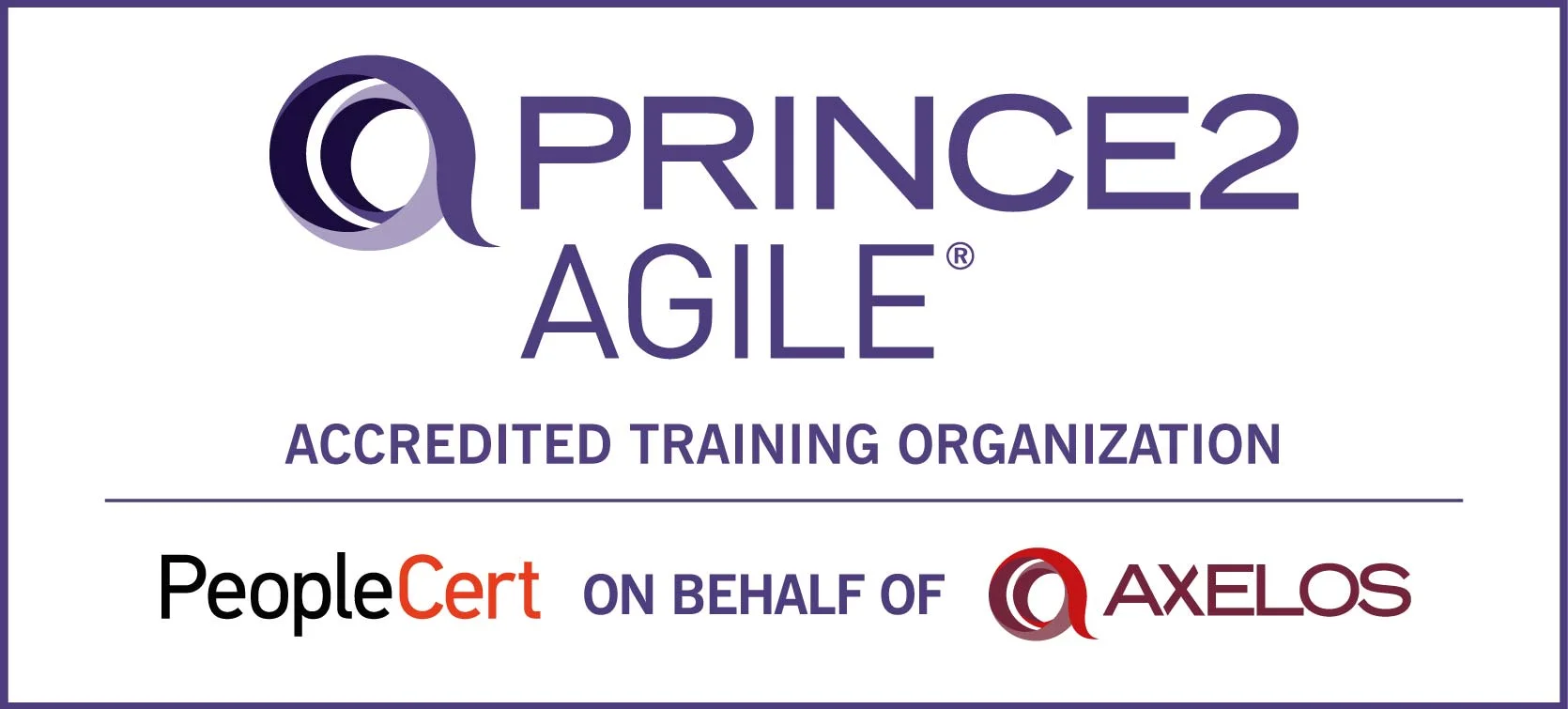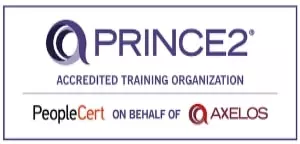- What is ISO 20000?
- Why ISO 20000 Matters Today
- Understanding ISO 20000 Requirements
- ISO 20000 Requirements vs ISO 20000 Certification Requirements
- Who Needs ISO 20000?
- Tips for Understanding & Implementing ISO 20000 Requirements
- Conclusion: Mastering ISO 20000 Requirements for ITSM Excellence
- Next Step: Become a Certified ISO 20000 Lead Auditor
Digital transformation isn’t optional anymore; it's the foundation of modern business survival. Yet, despite advanced tools and automation, organizations are still vulnerable. According to the PagerDuty Executive Outlook Report (2025), 88% of executives expect a large-scale IT outage within the next 12 months, proving that service stability is still one of the biggest enterprise risks.
And most failures aren’t due to technology; they stem from weak processes, unclear roles, and inconsistent service practices.
That’s exactly where ISO 20000 requirements become essential.
Whether you're an IT leader, a service delivery professional, or someone looking to build expertise in global IT service standards, ISO 20000 helps you answer critical questions like:
- How do we build reliable, repeatable, high-quality IT services?
- How can we reduce service failures and downtime?
- What frameworks ensure efficient, secure, and cost-effective service delivery?
- How do iso 20000 certification requirements support career and organizational growth?
If you’re preparing for ITSM excellence or future audit readiness, this guide will help you understand ISO 20000 the right way, simply, structured, and practical.
What is ISO 20000?
Before diving into iso 20000 requirements, let’s understand the foundation.
ISO/IEC 20000 is the international standard for IT Service Management, designed to ensure that IT services are efficient, reliable, measurable, and aligned with business needs. It helps organizations build structured workflows, enhance customer satisfaction, and improve IT performance through standardized processes.
Think of ISO 20000 as the “quality blueprint” for IT services.
It’s similar in intent to ISO 9001 in quality management, but laser-focused on IT service delivery.
Want a deeper beginner-friendly explanation before we move ahead?
Read our detailed guide here: What Is ISO 20000 Certification and Why It Matters?Why ISO 20000 Matters Today
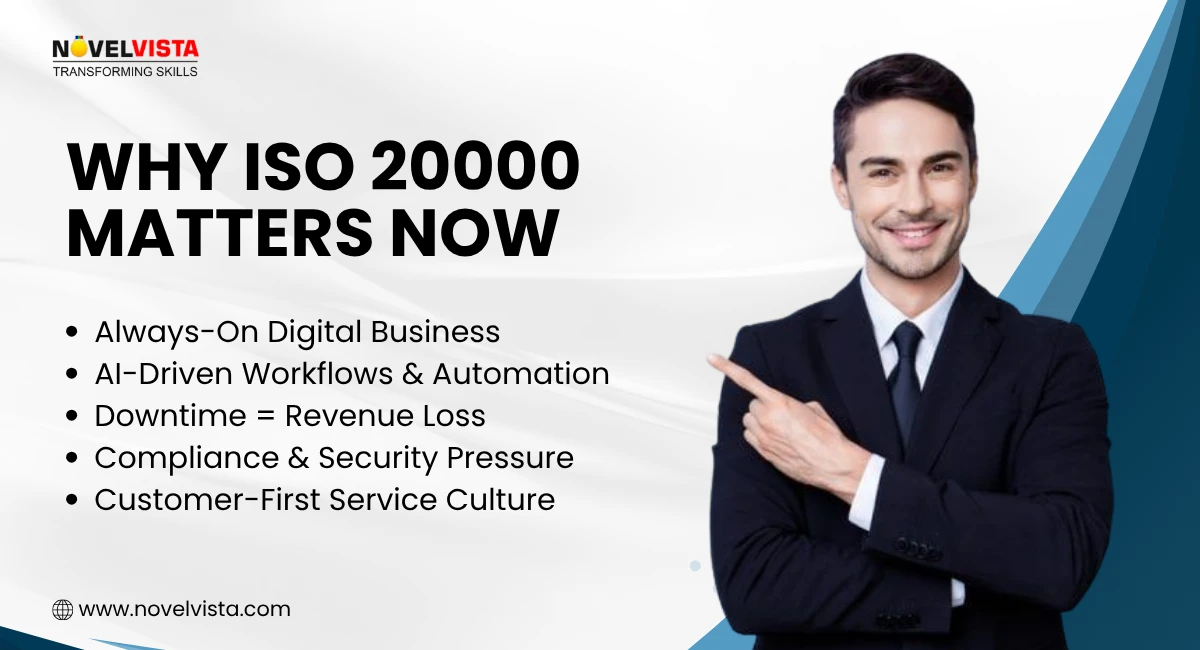
Let’s look at today's IT reality:
- Users expect 99.99% uptime
- AI-powered business demands efficiency and accuracy
- Service interruptions directly impact brand loyalty and revenue
- IT departments are now strategic drivers, not cost centers
Organizations that comply with iso 20000 requirements enjoy:
Benefit |
Impact |
Streamlined service processes |
Faster IT response and reduced errors |
Better incident & problem management |
Reduced downtime & operational risk |
Strong customer trust |
Proven service reliability |
Improved employee clarity |
Defined roles & smoother workflows |
Supports digital transformation |
Standardize IT operations across teams |
But here’s the real power: ISO 20000 certification requirements don’t just make organizations better, they make IT professionals more valuable.
Certified ITSM professionals are now among the top 10 highest-demand roles in digital operations.
Understanding ISO 20000 Requirements
Let’s break down the essential iso 20000 requirements every IT professional should understand. These are the pillars auditors and implementation teams evaluate to ensure service excellence and compliance.
1. Service Management System (SMS)
At the core of iso 20000 requirements is the Service Management System, the full structure that defines how services are planned, delivered, monitored, and improved.
This includes documented policies, defined roles, performance tracking, and continuous improvement mechanisms, ensuring services are managed consistently and transparently.
2. Leadership & Strategy Alignment
ISO 20000 makes leadership involvement mandatory because service excellence starts at the top. Organizations must secure executive support, align IT goals with business strategy, and provide resources to maintain operational maturity and service reliability.
3. Service Planning & Design
Good service quality is intentional, not accidental, ISO 20000 ensures planning happens before execution. This includes designing service architectures, assessing risks, budgeting resources, and preparing skilled teams so that services are scalable, secure, and business-aligned.
4. Service Delivery Processes
ISO 20000 standardizes service delivery to maintain consistency and performance across operations. It covers service catalog management, service levels, capacity, availability, continuity, and security, ensuring everyday IT functions are executed in a controlled and dependable way.
5. Incident & Problem Management
Every IT environment faces disruptions, the key is how quickly and effectively they're resolved. ISO 20000 ensures structured incident handling, proactive problem identification, and trend analysis, reducing downtime and preventing recurring issues.
6. Change, Release & Configuration Management
Uncontrolled changes are one of the biggest causes of system failures, ISO 20000 eliminates this risk. It mandates structured approval workflows, planned releases, and accurate configuration records, ensuring modifications are tested, documented, and safely deployed.
7. Supplier & Third-Party Management
Modern IT services depend heavily on vendors, cloud providers, and external partners. ISO 20000 requires clear vendor evaluation processes, SLAs, and performance monitoring to ensure third-party reliability aligns with organizational standards.
8. Continual Service Improvement (CSI)
Improvement isn’t a one-time task, it’s a discipline. ISO 20000 emphasizes ongoing performance review, internal audits, feedback loops, and documented enhancements to create a culture of constant service optimization.
ISO 20000 Requirements vs ISO 20000 Certification Requirements
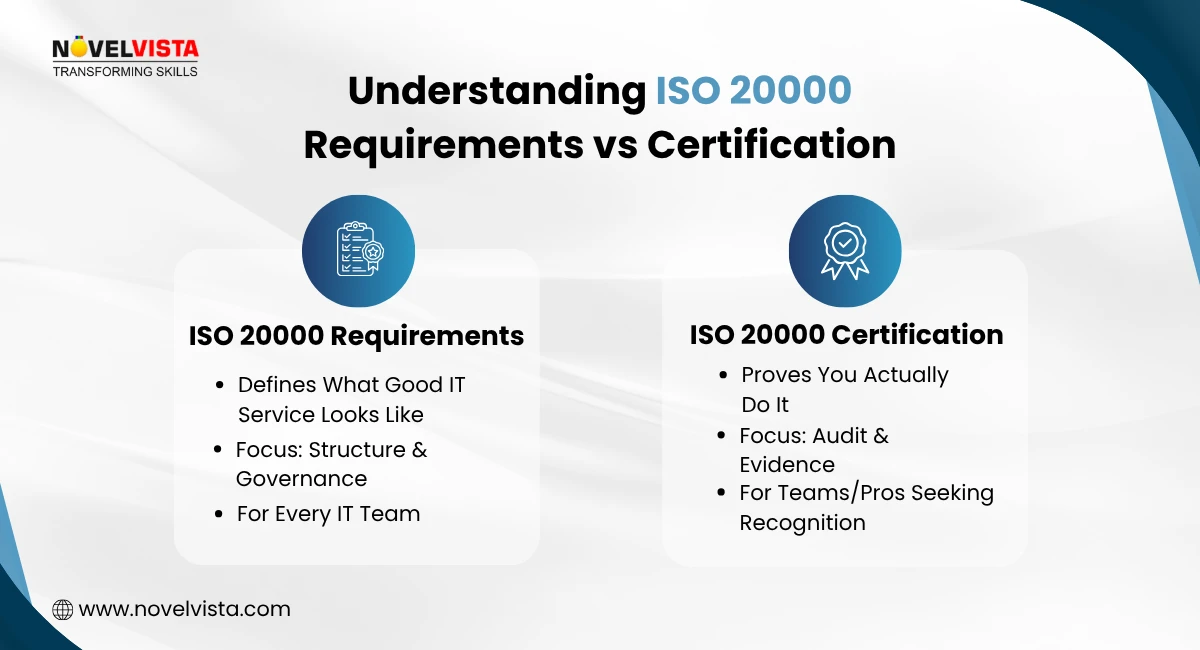
Many professionals confuse the two, so here’s quick clarity:
Category |
Meaning |
ISO 20000 Requirements |
The standard guidelines you must follow to manage IT services effectively |
ISO 20000 Certification Requirements |
Additional steps & evidence needed to prove compliance to auditors & earn certification |
So ISO 20000 tells you what to do, while iso 20000 certification requirements tell you how to prove you did it.
Understanding the difference is the first step, the next step is knowing the rewards.
Here are the Top ISO 20000 Certification Benefits for Businesses & Professionals
Who Needs ISO 20000?
This standard benefits:
- IT service providers & MSPs
- Banks & financial institutions
- Healthcare & government services
- Telecom & cloud companies
- Tech product firms with support teams
- Startups scaling IT operations
And for individuals? It adds credibility in roles like:
- ITSM Manager
- Service Delivery Lead
- Compliance Professional
- Project Manager
- Service Desk Head
If you’re building a career in modern IT, this matters.
Your Step-by-Step Guide to ISO 20000 Success
Discover the step-by-step roadmap to successfully
implement ISO 20000 and elevate your organization’s
service quality, efficiency, and compliance.
Tips for Understanding & Implementing ISO 20000 Requirements
Here’s a simple roadmap to get started:
Step 1: Study the Standard
Understand the structure, terminology & expectations.
Step 2: Map Current Processes
Audit your ITSM maturity, identify gaps.
Step 3: Build Documentation
Policies, SLAs, process maps, and evidence logs.
Step 4: Train Your Team
Everyone must understand their ITSM responsibilities.
Step 5: Monitor & Improve
Track KPIs, review, optimize, repeat.
ISO isn’t a one-time task; it’s a habit system.
To apply ISO 20000 effectively, you must be familiar with the core processes behind it.Learn the Complete ISO 20000 Processes Framework
Conclusion: Mastering ISO 20000 Requirements for ITSM Excellence
In a world where systems, applications, and user expectations evolve faster than ever, reliable IT operations aren’t optional, they are your competitive edge.
Understanding iso 20000 requirements is not just about compliance; it’s about building a culture where IT services are consistent, secure, predictable, and aligned with business goals.
Whether you’re a future IT leader or an organization scaling service maturity, mastering these standards puts you ahead in a reliability-driven world.
And when you're ready, evaluating iso 20000 certification requirements is the next step to make your expertise official and industry-recognized.
Next Step: Become a Certified ISO 20000 Lead Auditor
Understanding iso 20000 requirements is powerful, but the real advantage comes when you can audit, assess, and lead service excellence initiatives with confidence.
If you're aiming to step into a leadership role in ITSM, compliance, or service governance, the next logical move is the ISO/IEC 20000-1:2018 Lead Auditor Certification Training by NovelVista.
Whether you're a service delivery manager, process owner, or aspiring ITSM leader, this training builds the expertise needed to audit effectively and position yourself as a trusted authority in service quality.
Turn your ITSM knowledge into leadership capability, because organizations don’t just hire IT professionals, they invest in qualified ISO 20000 Lead Auditors.Frequently Asked Questions
Author Details

Mr.Vikas Sharma
Principal Consultant
I am an Accredited ITIL, ITIL 4, ITIL 4 DITS, ITIL® 4 Strategic Leader, Certified SAFe Practice Consultant , SIAM Professional, PRINCE2 AGILE, Six Sigma Black Belt Trainer with more than 20 years of Industry experience. Working as SIAM consultant managing end-to-end accountability for the performance and delivery of IT services to the users and coordinating delivery, integration, and interoperability across multiple services and suppliers. Trained more than 10000+ participants under various ITSM, Agile & Project Management frameworks like ITIL, SAFe, SIAM, VeriSM, and PRINCE2, Scrum, DevOps, Cloud, etc.
Course Related To This blog
ISO 20000:2018 Lead Auditor
Confused About Certification?
Get Free Consultation Call

